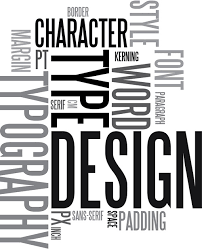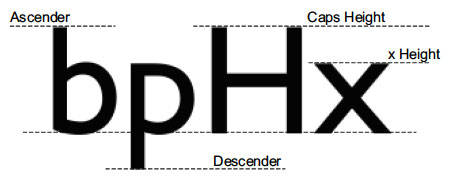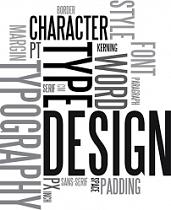Book Self-Publishing: Writers Often Ignore Typesetting To Their Sales Peril
The internet has helped to facilitate a book self-publishing revolution. Unfortunately 99% of writers who seek to self-publish will end up with obviously "amateur-looking" self-published books which don't have quality typesetting and layout. Such books will not be eligible to be distributed in large booksellers like Indigo-Chapters in Canada and Barnes and Nobles in the States. Getting a professional typesetter is therefore vital for writers who hope to sell more than 50 or 100 copies of their book. Quality typesetting and layout starts from the book cover of your self-published book into the entire presentation of the inside of your book.
Do you want your books to get the respect that it deserves from professional reviews who can make a huge difference in the commercial success of your book? Do you want professional book buyers to line up to help sell your book? Are you seeking to sell more than 50 or 100 copies of your book? Then, I invite you to read on.
What is typesetting?
Typesetting is a complex process that include a variety of tasks such as arranging text, pictures and graphs in every page in order to have them ready for printing. This includes selecting the best style, size and composition of each and every paragraph, photograph and design element. Typesetting should not be mistaken for typography, which concerns the designing of an adequate font that makes the language legible, and the text readable and appealing when displayed.
Initially, typesetting was the task of a few craftsmen who did this job manually. The main goal of typesetting was that of identifying the authorship of any publication, making it difficult for copiers to forge any manuscript. Today the job of typesetters has changed dramatically and their tasks have become more complex. They have to take into account multiple aspects of the presentation, layout and formatting in order to produce a document that is both engaging and professional looking. Although this may not seem a complicated process, the time and effort needed to prepare a first-class document is not derisory. Any expert typesetter will tell you that there are innumerable aspects that need to be handled to produce a quality manuscript.
Why is the design of your manuscript important?
You have probably heard about books not having to be judged by their cover. However, as a professional writer you will know how the book market works. Many first-time self-publishers consider the front cover as the only relevant element of their book. But the design of the pages inside have just as much importance and requires almost the same amount of careful consideration.
This is why any professional writer should be aware of the importance of hiring a professional typesetting in order to guarantee the success of any manuscript. You can be sure that every dollar invested in typesetting is not wasted, but necessary to achieve success. A professional typesetter will ensure that your book is not only prime quality but also that it looks as such.
Competition in the publishing market is fierce and design should not be something a writer should worry about. Joining forces with the best professionals in the field will help you ‘get rid’ of these worries, while ensuring that your book develops its full potential. This is why AgoraPublishing.com, an agency whose primary goal is to ensure high quality typesetting is critical to the production of your self-published books!
Why are professional typesetters necessary?
A professional typesetter takes care of choosing the right fonts, justification, paragraph, line, word and letter spacing; makes sure that your publication meets all the necessary criteria for printing; and often proofreads and checks consistency. Moreover, typesetting services increasingly include services such as web publication and they are often used to produce coded web files and pdf files.
Nowadays, the rise of desktop publishing which can generate layouts and typographic quality text equivalent to traditional typography using specific software, has eroded the reputation of typesetting experts. But having a superb layout still requires the skills of a professional typesetter with the ability to handle complex software. Moreover, a skilled typesetter has flair, an artistic eye and the ability to distinguish a professional layout from an amateurish publication, a crucial element to ensure that your publication is successful.
This job requires meticulous attention to detail and application of expert standards. Any typesetter’s primary concern is to make the document not only understandable, but engaging as well. This involves a creative process that requires both the passion and dedication of an expert such as AgoraPublishing.com. Having a good typesetter would make any document shine with a new light, while bad typesetting could make the hard work and efforts of any writer go to waste.
Comments
There are 0 comments on this post















